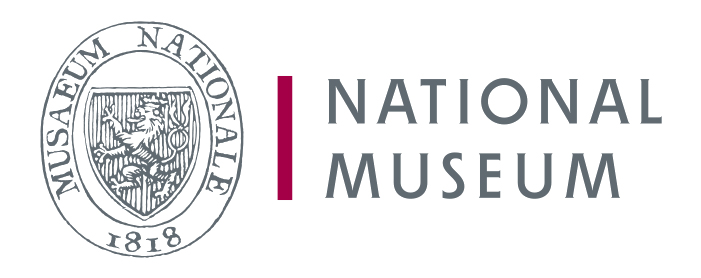Over the past three months, BHL has welcomed three new Affiliates: Smithsonian Institution Archives, the Canadian Museum of Nature, and Národní Muzeum (National Museum, Prague). The BHL consortium now consists of sixteen Members and thirteen Affiliates.
Smithsonian Institution Archives
The Smithsonian Institution Archives captures, preserves and makes available to the public the history of the Smithsonian since its inception in 1846. The Archives holds approximately 39,000 cubic feet of records and nearly 3 million photographic images. The collections include official records of the Smithsonian; personal papers of individuals associated with the Smithsonian; oral and video histories; and other special materials that document the staff, research, events, exhibitions and facilities of the Smithsonian. Detailed descriptions of the collections can be found online through the Archives’ website and through the Collections Search Center.
Smithsonian Institution Archives is a long-standing collaborator with BHL through The Field Book Project – an initiative to increase accessibility to field book content that documents natural history. To date, nearly 800 field books from Smithsonian collections have been contributed to BHL by The Field Book Project. This material complements the published literature in BHL and provides opportunities to connect publications, primary source material, and specimens held in Smithsonian collections and others around the world. Many of these field notes are being transcribed by the public through the Smithsonian’s Transcription Center.
Canadian Museum of Nature
The Canadian Museum of Nature holds one of the oldest natural history collections in Canada, tracing its beginnings to 1842 with the formation of the Geological Survey of Canada. Consisting of over 36,000 monographic titles and 2,000 periodicals, the Museum’s library collection focuses on biology, biodiversity, botany, conservation and care of collections, ecology, mineral sciences, natural history, paleobiology, wildlife and zoology, with particular subject strengths in the Canadian Arctic, ornithology, systematics and taxonomy. The library also includes a Rare Book Collection that consists of approximately 4,000 pre-20th century monographs, manuscripts and periodicals dating back to the 1500s and covering expeditions, natural history, and biological and earth sciences.
The Canadian Museum of Nature represents BHL’s first Partner in Canada. This affiliation expands BHL’s global presence, extending our ability to provide free and open access to natural history collections from around the world. CMN will serve as a national leader positioned to foster new relationships with other institutions across the country in order to expand Canadian participation in BHL.
Národní Muzeum (National Museum, Prague)
Founded in 1818, the National Museum in Prague is the largest museum in the Czech Republic. The Museum consists of five specialised institutes – the Natural History Museum, the Historical Museum, the Library of the National Museum, the Náprstek Museum of Asian, African and American Cultures (part of the National Museum since 1932), and the Czech Museum of Music (part of the National Museum since 1984) – and several technical and administrative sections. The collections consist of almost 20 million objects from the disciplines of natural history, history, archaeology, arts, music, librarianship and a large archive. The National Museum Library is the second largest historic library in the Czech Republic, with a collection consisting of over 2.5 million items.
The National Museum in Prague (NMP) has actively participated in BHL Europe since 2009. NMP’s Scientific Secretary, Dr. Jiří Frank, serves as the BHL Europe representative to the Global BHL Committee, and under his leadership, NMP is helping to facilitate the ongoing participation of European institutions within BHL’s global framework. NMP also represents BHL in the Consortium of European Taxonomic Facilities (CETAF) and, as a major partner within the ESFRI (European Strategy Forum on Research Infrastructures) proposal for pan-European natural history collections infrastructure, is positioned to help connect BHL resources with other natural history collections and taxonomic services.








Leave a Comment